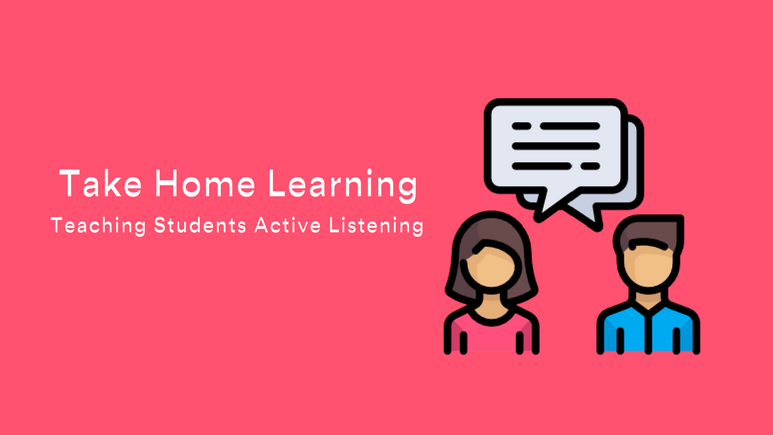
I studied French for years in school, but don’t remember a word of it.
In my thirties, though, I moved to Puerto Rico, and without even trying or taking a class I was able to pick up a basic level of Spanish.
Speaking with others who have lived abroad, I know I’m not alone in my experience.
THE most effective way to learn a language is to be immersed in it. The second-best option is to watch TV or movies in that language.
Why are movies so much more effective than textbooks and audiobooks? Because the non-verbal communication that goes along with the language helps provide context.
A recent study showed that context is essential for the brain to understand and retain new knowledge.
And yet, in schools, we don’t always take this truth into account.
Oftentimes the assignments and homework we give students are given out of context. We ask students to apply skills to problems they encounter on paper as opposed to in real life.
This dichotomy inspired an idea for what I call the “home learning series”.
This series will feature assignments that students can complete in their spare time to help them build up various important soft skills.
Today, let’s start with communication home learning by teaching students to be active listeners.
Active Listening
Whether learning a new language, participating in a job interview, or just making a new friend, being an active listener is an imperative skill for effective communication.
For the first home learning experiment, task your students with being conscious of the way they listen to people.
First, have them try listening actively to everyone they encounter.
Then, give students permission to be intentionally poor listeners in a conversation with an unsuspecting acquaintance.
Stare into space, fidget, get distracted, ignore responses. Hint: You might want to suggest they follow up with an explanation and apology after the conversation is over.
Finally, have students compare these two interactions and draw some conclusions about the way their listening impacts the quality of their interactions.
Did the responsiveness or friendliness of their audience change based on their listening?
What are the benefits of being an active listener?
What are the drawbacks of being a mediocre listener?
When students come back to school have them share their findings and participate in a discussion about the importance of active listening.
With any luck, this assignment will be more useful (and fun) than another worksheet and will make your students more aware of their role as listeners.



Leave a Reply